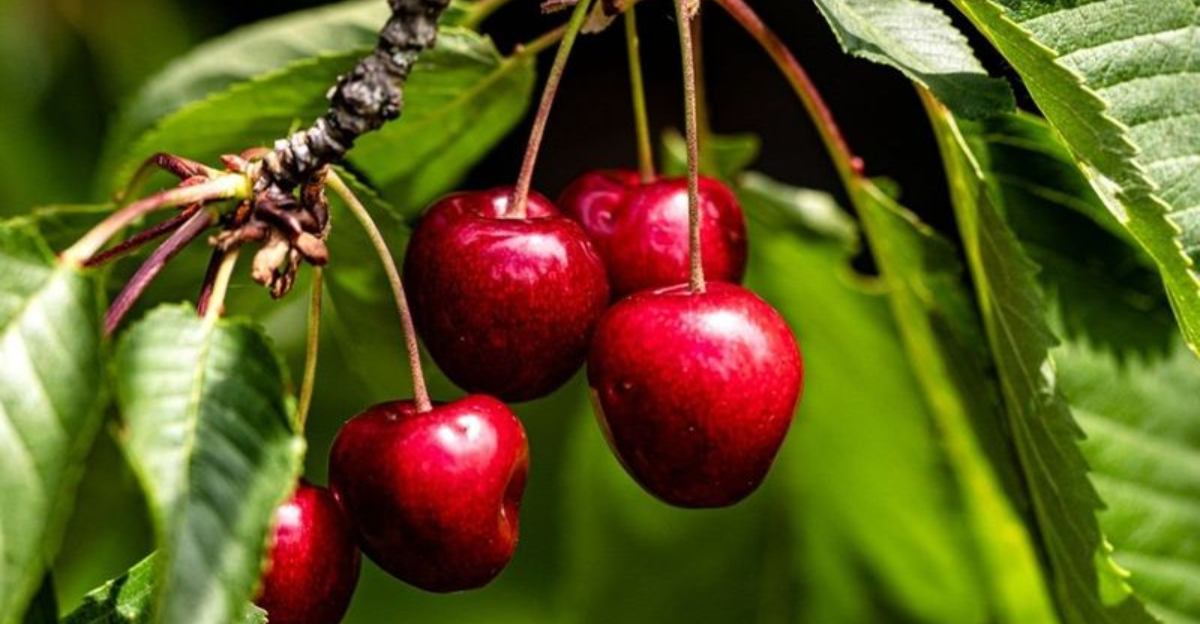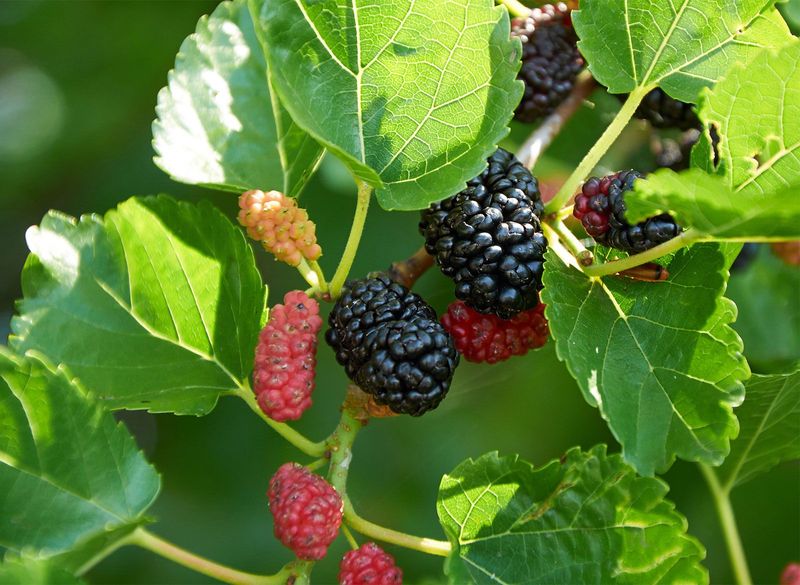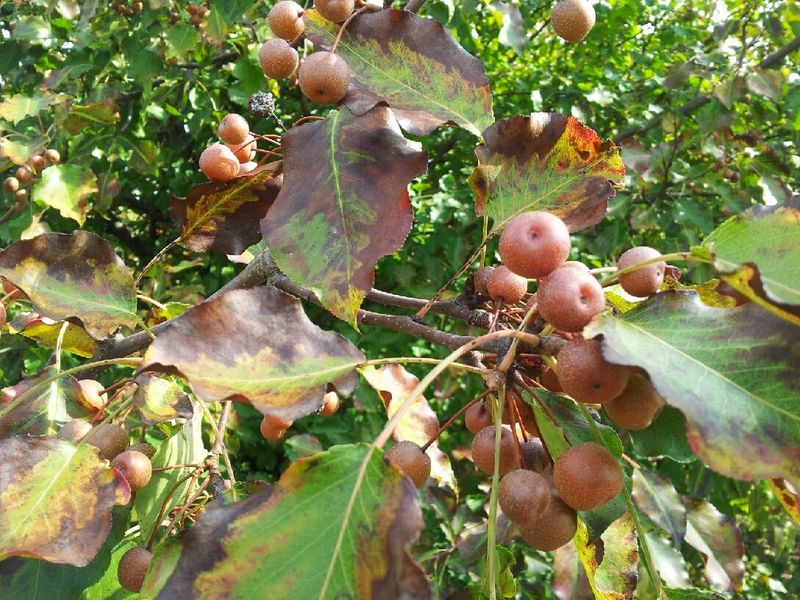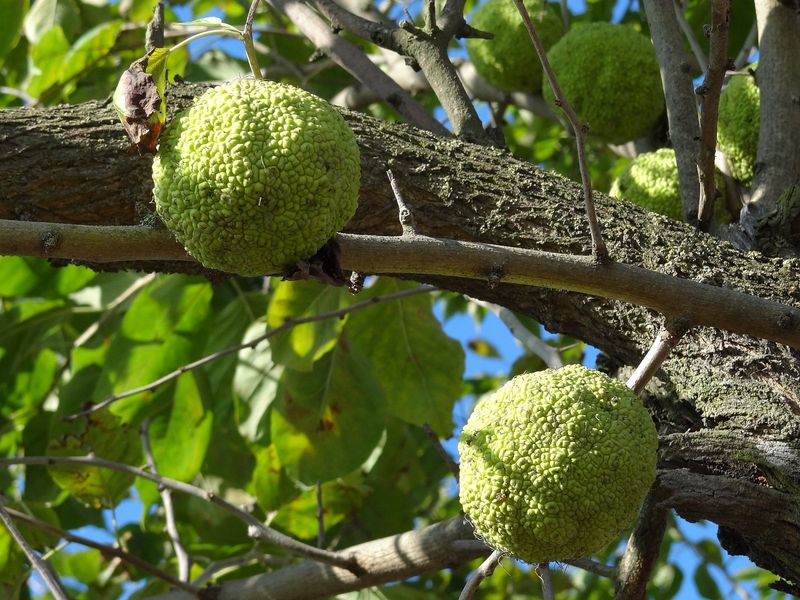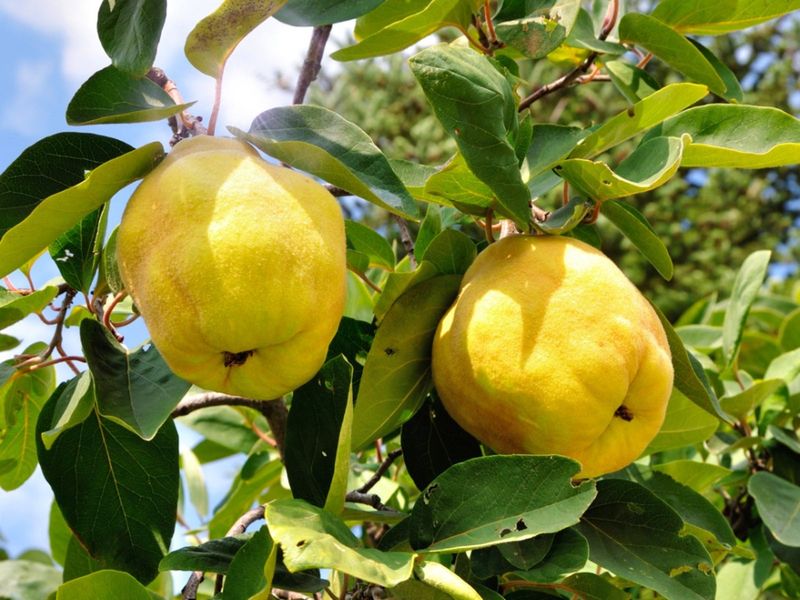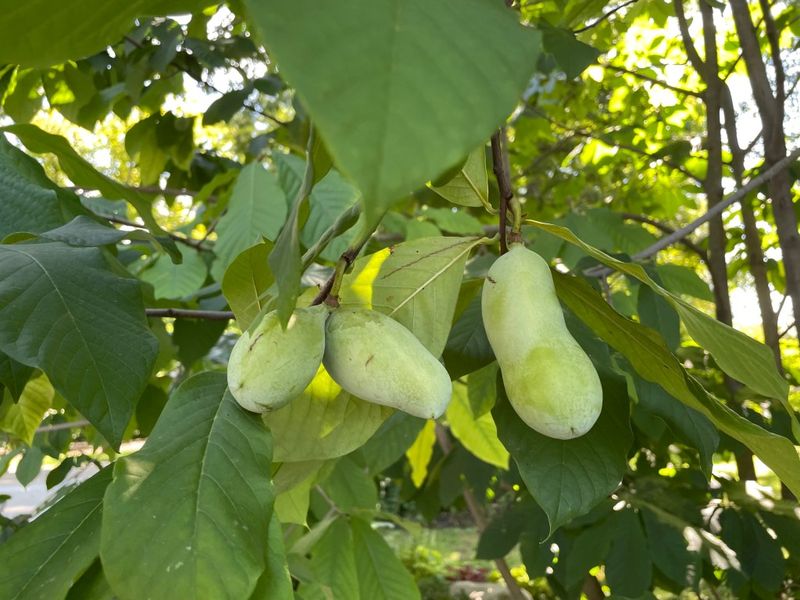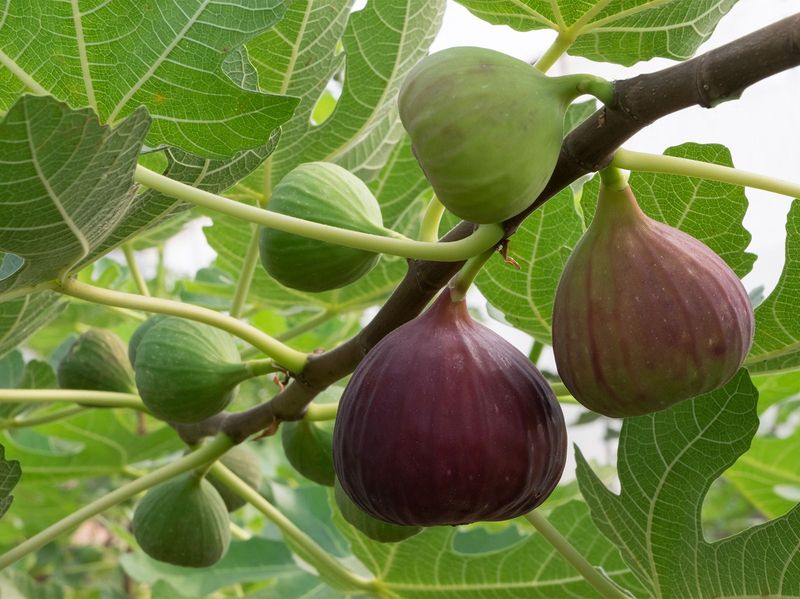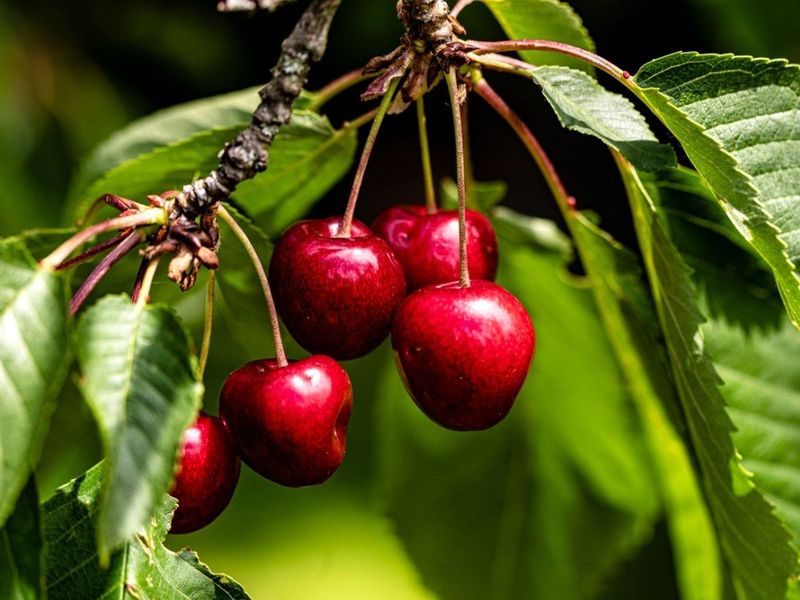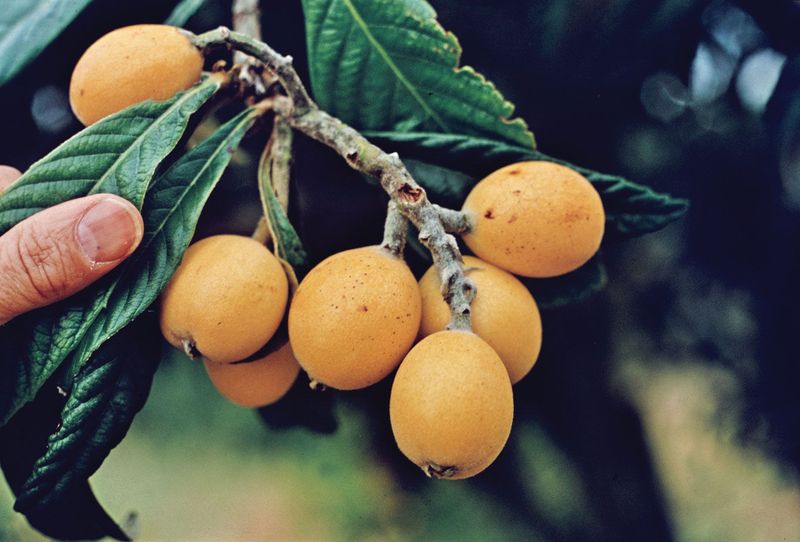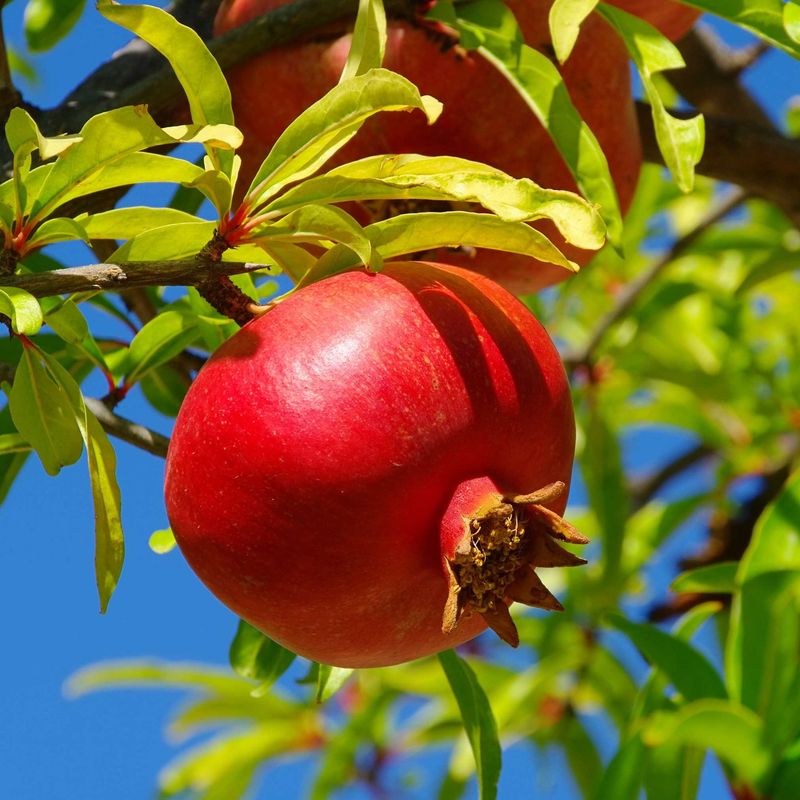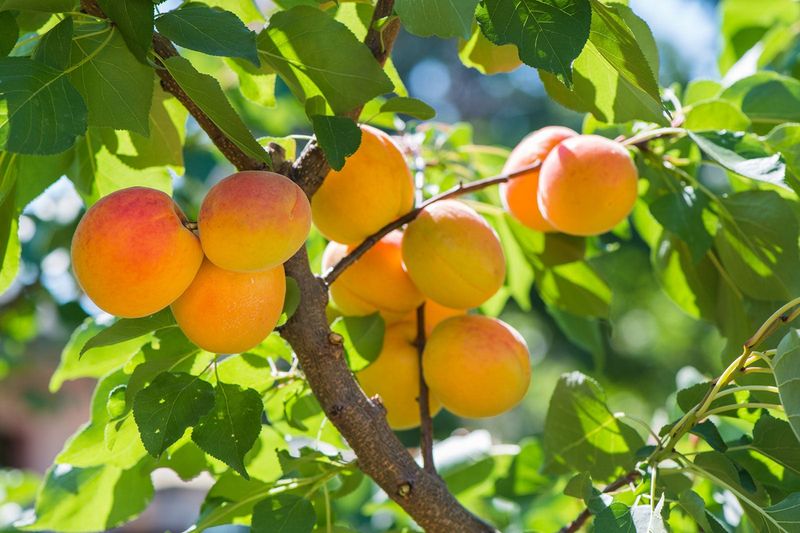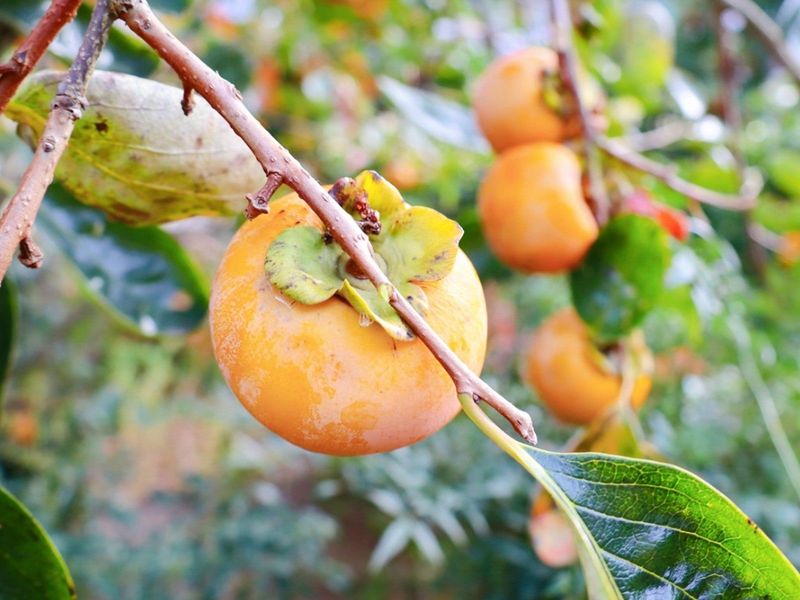When planning a home garden, selecting the right fruit trees is essential. Some fruit trees, while productive, may cause more harm than good in a residential setting.
From maintenance challenges to environmental impact, knowing which trees to avoid can save time, money, and effort.
Here are 14 fruit trees that might not be the best choice for your yard.
1. Mulberry
Mulberry trees are fast-growing but can become invasive. Their berries attract birds, which can result in purple-stained surfaces from bird droppings. This messy aftermath can lead to frequent outdoor cleaning.
Additionally, fallen berries can create a slippery hazard on sidewalks and driveways. The roots of mulberry trees can also be aggressive, causing damage to pavements and underground structures.
As a result, they require regular pruning to manage their size and spread, which can be labor-intensive and time-consuming for homeowners.
2. Bradford Pear
Bradford pear trees are known for their beautiful spring blossoms. However, they have a weak structure, which makes them prone to breaking in storms. This can result in property damage and may pose safety risks.
Over time, these trees can become quite large, overshadowing other plants and reducing biodiversity. Their rapid growth can also lead to overcrowding in a yard.
Additionally, the flowers emit an unpleasant odor, which can be bothersome to those spending time outdoors during blooming season.
3. Osage Orange
Osage orange trees are known for their unique, inedible fruits, which can be quite messy. These fruits, resembling green, bumpy spheres, fall in large quantities, requiring constant cleanup to keep the yard tidy.
The wood of these trees is extremely hard and durable, making them difficult to prune and maintain. Their thorny branches can also pose a hazard to young children and pets.
Furthermore, the roots can spread aggressively, leading to potential issues with foundations and underground piping.
4. Quince
Quince trees produce fragrant flowers and sweet-smelling fruit. However, their fruit is often too tart to eat raw and requires considerable preparation.
These trees are also susceptible to a range of pests and diseases, which can necessitate frequent treatments and care. Their maintenance can be demanding, especially in climates that do not naturally support them.
Additionally, quince trees often have thorns, making pruning a prickly task. They require proper spacing to ensure good air circulation, which is not ideal for small gardens.
5. Pawpaw
Pawpaw trees are known for their unique tropical-looking fruits. However, these fruits can have an overpowering, unpleasant smell as they ripen, which might deter some homeowners.
Their short shelf life and specific pollination needs make them tricky to cultivate for consistent yields. They require a very specific environment to thrive, including well-drained soil and partial shade.
Additionally, the fallen fruits can attract wildlife, which can become a nuisance. These trees also have a slow growth rate, which may require patience from those looking for quick results.
6. Fig
Fig trees are beloved for their sweet, juicy fruit. However, they can grow quite large, needing ample space for their roots and canopy. This makes them unsuitable for small yards.
Figs are also susceptible to a range of pests and diseases, which can necessitate frequent monitoring and management. Birds and animals are often attracted to ripening figs, leading to potential loss of fruit.
Additionally, figs drop leaves and fruit, which can create a mess in the yard. Regular cleanup is required to maintain a neat environment.
7. Olive
Olive trees are iconic in Mediterranean landscapes, but they may not be ideal for every yard. They require specific climatic conditions to thrive, making them unsuitable for regions with high humidity or frost.
The fruits can cause significant mess as they fall, staining pathways and attracting unwanted pests. Additionally, olives are slow-growing and may take many years to produce a significant yield.
The oil from fallen olives can also create a hazard, making surfaces slippery. Regular maintenance is needed to manage fruit drop and to prune for shape and size.
8. Cherry
Cherry trees are renowned for their stunning spring blooms and delicious cherries. However, they are prone to a variety of pests and diseases, requiring vigilant care.
Birds are particularly fond of cherries, often devouring the fruit before it can be harvested. This can lead to disappointment for those hoping to enjoy their own cherries.
Additionally, cherry trees can produce a lot of fallen petals and fruit, leading to a messy yard. The need for regular pruning and pest control can add to the maintenance workload.
9. Elderberry
Elderberry trees are valued for their edible berries, often used in syrups and jams. However, their fast-growing nature can make them difficult to control in a small yard.
They spread rapidly through suckers, potentially overtaking other plants and requiring regular attention to manage. The berries can also attract birds, which may leave behind unwanted messes.
Additionally, parts of the elderberry tree are toxic if not processed correctly, posing a risk to pets and small children. Proper handling and processing of the fruit are essential.
10. Loquat
Loquat trees produce delicious, juicy fruits, but they can be problematic in home gardens due to their size and fruit drop.
These trees can grow quite large, requiring significant space and frequent pruning to maintain their shape. The fruit falls easily, creating a mess and potentially attracting pests or rodents.
Additionally, loquats need a specific climate to thrive, limiting where they can be successfully grown. Their susceptibility to certain pests and diseases means they require regular care and monitoring.
11. Pomegranate
Pomegranate trees are prized for their juicy, antioxidant-rich fruits. However, they can be challenging in a home garden due to their thorny branches and maintenance needs.
These trees require a hot, dry climate to thrive and may not do well in cooler, wetter regions. The fruits are heavy and can weigh down branches, necessitating regular pruning.
Additionally, pomegranate trees drop leaves and fruits, which can require frequent cleanup. They also have specific pest and disease concerns that must be managed to ensure a healthy tree.
12. Black Cherry
Black cherry trees are admired for their beautiful wood and fruit. However, they can become quite large, making them unsuitable for small yards.
The cherries, while edible, can be toxic if consumed in large quantities, particularly the pits and leaves. This poses a risk to pets and children.
Additionally, black cherry trees are prone to various pests and diseases, requiring vigilant care. The large quantity of fallen leaves and cherries can create a significant mess, necessitating regular raking and cleaning.
13. Apricot
Apricot trees produce sweet, juicy fruit, but they can be problematic in certain climates. These trees are sensitive to late frosts, which can damage flowers and reduce fruit yield.
They are also prone to several diseases and pests, requiring regular attention and care to ensure healthy growth. The need for consistent monitoring can be demanding for homeowners.
Additionally, apricot trees drop a significant amount of fruit, which can lead to a messy yard if not regularly cleaned. Ensuring the right growing conditions is crucial for success.
14. Persimmon
Persimmon trees are known for their sweet, flavorful fruit. However, the fruits’ astringency can be off-putting until fully ripe, limiting their appeal.
These trees can grow quite large, requiring ample space for their extensive root systems. They may not be suitable for small yards or near structures.
Additionally, persimmons drop fruit and leaves, which can create a significant cleanup burden. The fallen fruit can attract wildlife, which can become a nuisance. Regular maintenance is needed to manage growth and fruit production.
